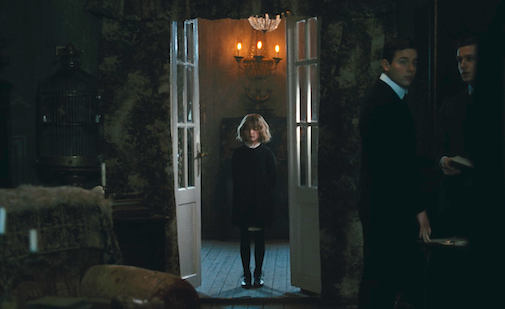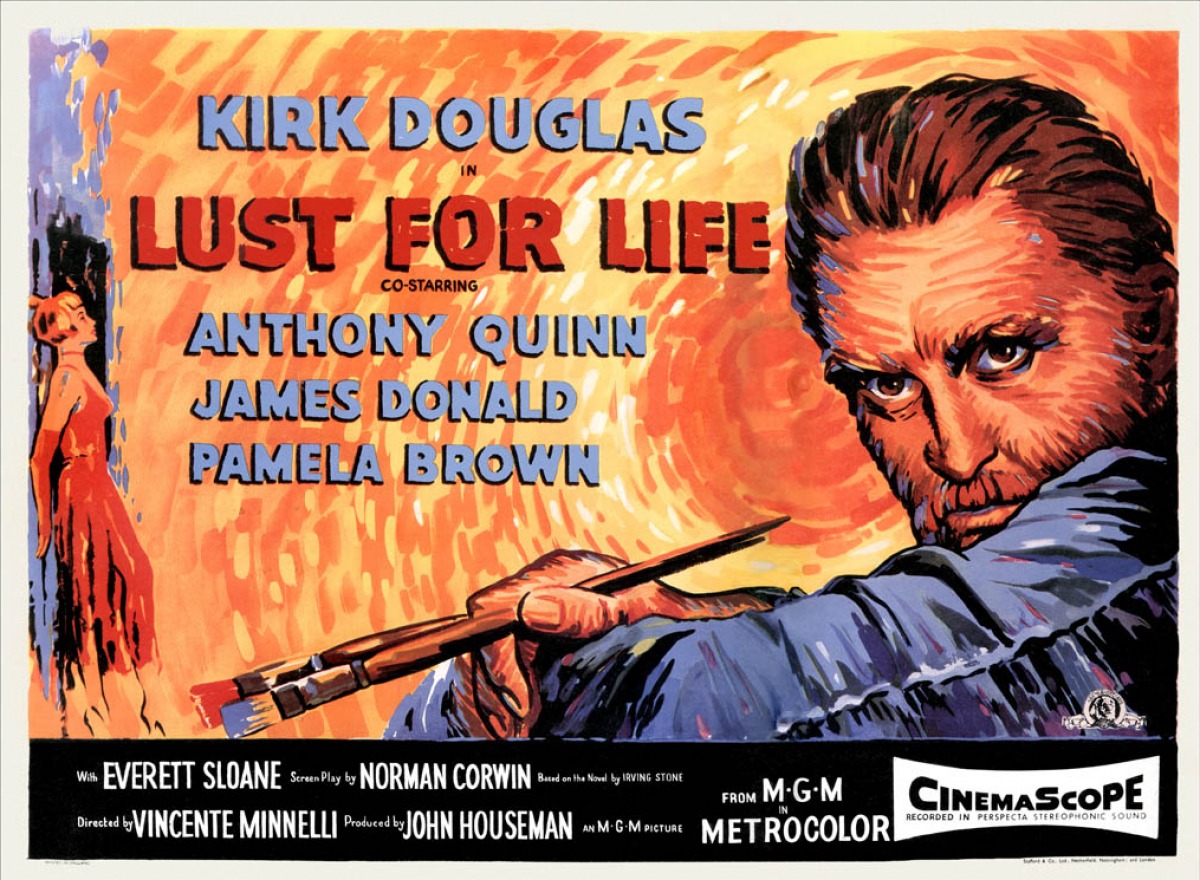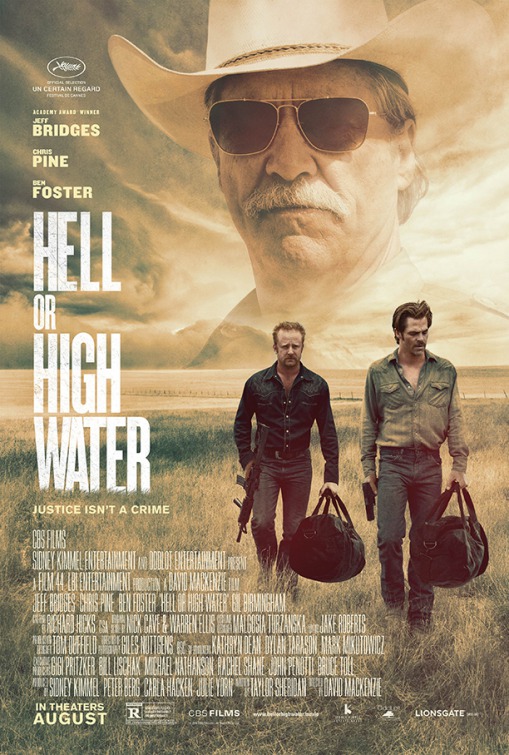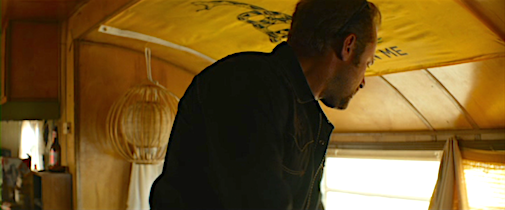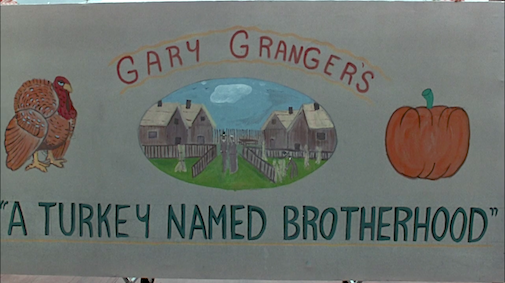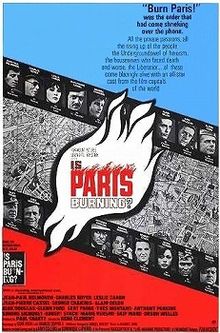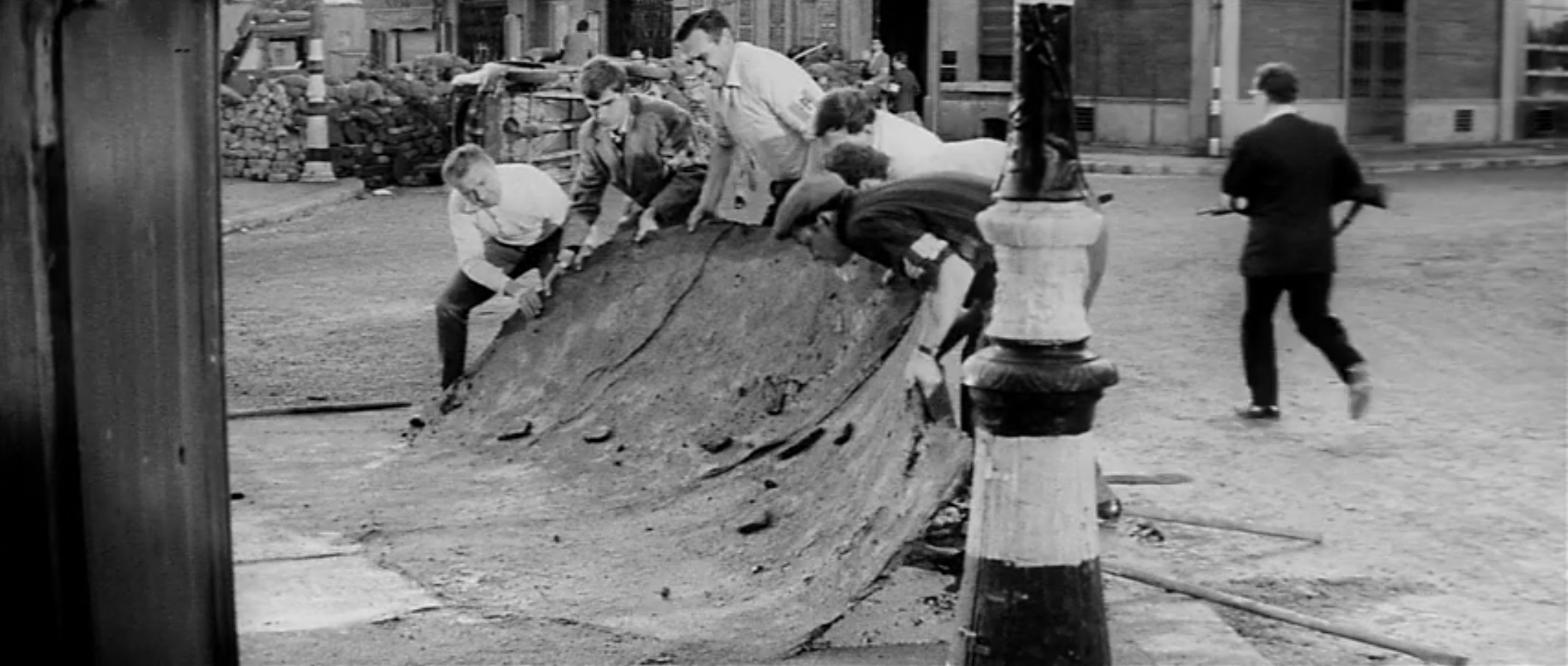The Furniture: The Cruel, Curtained Childhood of a Leader
 Monday, December 12, 2016 at 12:21PM
Monday, December 12, 2016 at 12:21PM "The Furniture" is our weekly series on Production Design. Here's Daniel Walber...

We love to collectively pore over the biographies of history’s most monstrous figures, usually in search of both meaning and sensationalism. Our fantasies are full of vindictive parenting, traumatic events and uncanny brilliance. It’s as if we want to reverse Freud, using psychoanalysis as a tool to craft new mythology. And they certainly are myths: Fascism can’t be blamed on paternal cruelty alone.
But what if the protagonist weren’t real? With The Childhood of a Leader, Brady Corbet has contributed a fictional allegory to this evergreen genre. Loosely based on a short story by Jean-Paul Sartre and a novel by John Fowles, the film chronicles a short period in the life of Prescott (Tom Sweet), a very moody child. The year is 1919, in the midst of the post-Armistice treaty negotiations. The boy’s father (Liam Cunningham) is an American diplomat, his mother (Bérénice Bejo) a “citizen of the world.” They’re both miserable...
